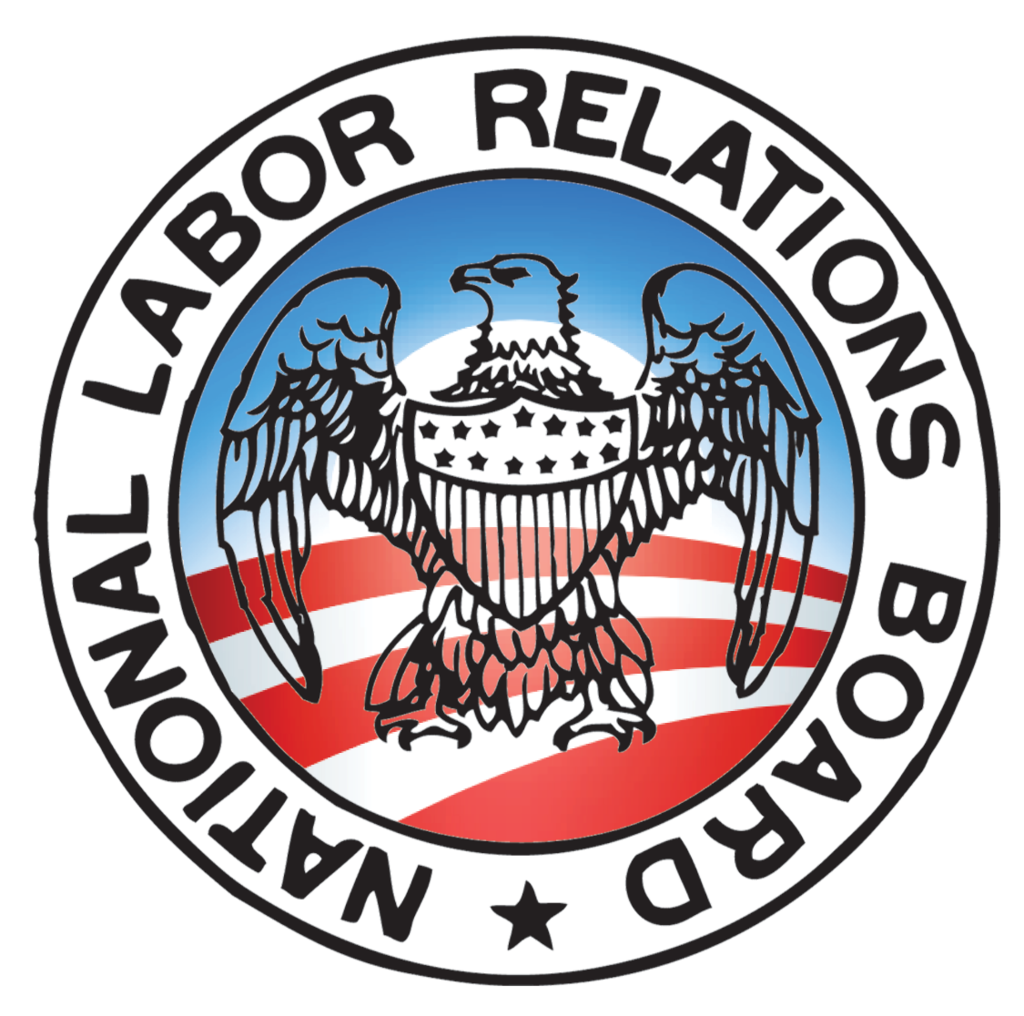Payroll
Report: Union Membership Numbers Stay Level
The annual government tally of union membership found little change in the percentage or number of American workers who hold union cards.
Jan. 29, 2014

The annual government tally of union membership found little change in the percentage or number of American workers who hold union cards.
The U.S. Bureau of Labor Statistics said Friday that 11.3 percent of wage and salary workers, or about 14.5 million people, were union members last year, about the same share and number as the year before.
Of the total, 7.2 million union members were in the public sector and 7.3 million were in the private sector. An additional 1.5 million workers were not union members but held jobs that were covered by collective bargaining, the bureau said.
The annual survey continued to show that union membership is linked to better pay and benefits than those for non-union workers. Among full-time wage and salary workers last year, the median weekly earnings for union members were $950, compared with $750 for workers who weren't union members.
The steady union membership numbers put a temporary hold on the general decline in union membership. In 1981, the year the labor bureau began keeping tabs on the count, 20.1 percent of U.S. workers, or 17.7 million people, were union members.
The AFL-CIO responded to the report by focusing on overall union gains of 281,000 members in the private sector and 162,000 in the public sector.
“Make no mistake, the job of rebuilding workers' bargaining power and raising wages for the 99 percent has a long way to go,” said AFL-CIO president Richard Trumka.
Trumka championed collective bargaining as the most powerful tool to give workers a voice in the labor market.
Justin Wilson, managing director of the Center for Union Facts, an organization that opposes organized labor, told The Wall Street Journal that last year's small union gains in the private sector were “not a blip that should be taken lightly.”
Wilson said the gains showed that unions have “redoubled” their organizing in non-traditional businesses.
The 2013 data indicated that 35.3 percent of public sector workers were union members, a rate more than five times the 6.7 percent membership share of private sector workers.
In the public sector, local governments had the highest unionization rate of 40.8 percent, largely because teachers, firefighters and police are heavily unionized.
In the private sector, the highest rates of union membership were in utilities, 25.6 percent; transportation and warehousing, 19.6 percent; telecommunications, 14.4 percent; and construction, 14.1 percent.
There was exceedingly low union membership in agriculture, finance and food service.
The highest union membership rate, 35.3 percent, was found in education, training, library and protective service occupations.
The labor bureau said that more men than women were union members — 11.9 percent compared with 10.5 percent — and that black Americans were more likely than whites, Asians or Hispanics to be represented by unions.
The highest union membership rate among the states was New York's 24.4 percent; the lowest was North Carolina's 3 percent. The union membership share in Kansas was 8.4 percent; in Missouri it was 10.4 percent.
The bureau found that union membership skews toward older workers. The highest rate was found among workers age 45 to 54, 14 percent, and age 55 to 64, 14.3 percent.
—————————-
Copyright 2014 – The Kansas City Star
